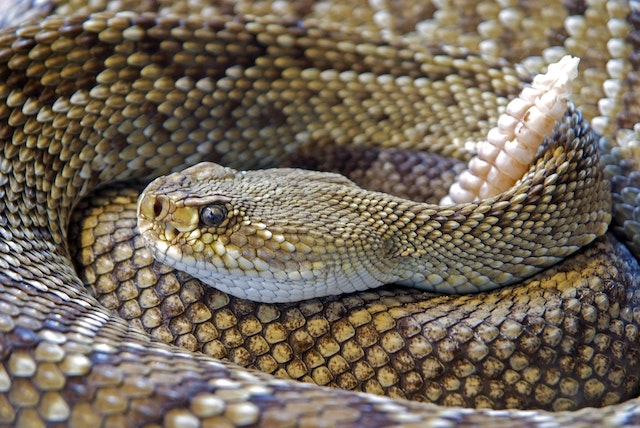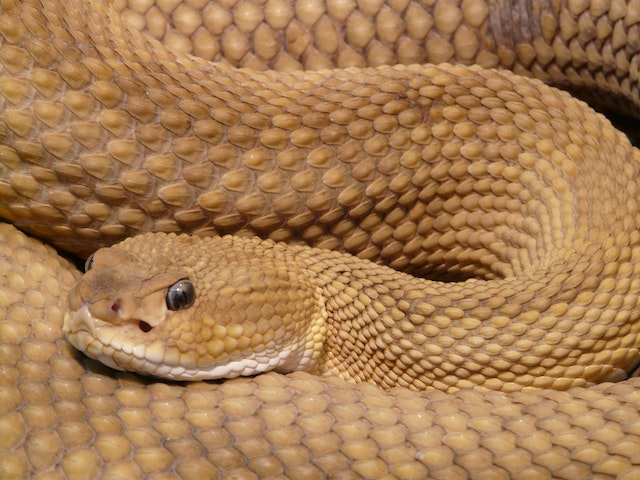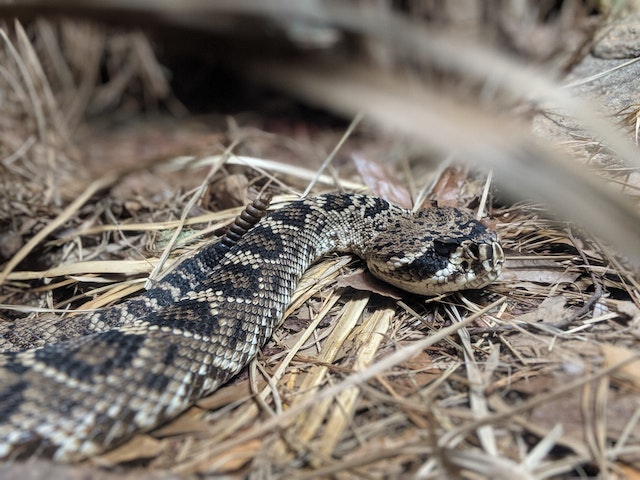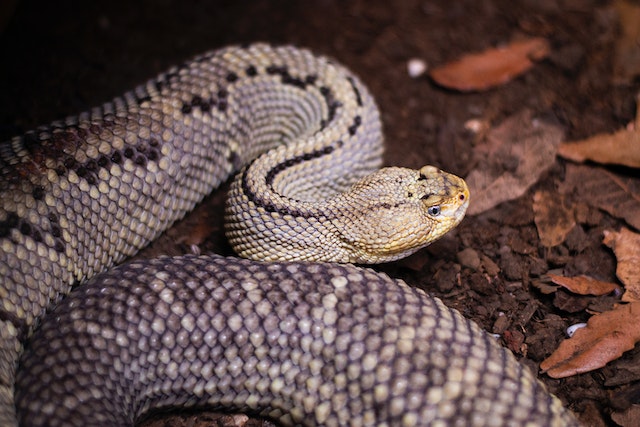14 Fascinating Facts about Rattlesnakes for Kids (2024 Updated!)
Welcome to the captivating world of rattlesnakes, where the desert sun reveals the secrets of these mysterious and mesmerizing creatures. Let’s journey through the untamed wilderness to uncover the most fascinating facts about rattlesnakes.

From their hypnotic rattles to their stealthy hunting techniques, these slithering serpents have a tale to tell. In this article, we will discover how their venomous fangs aid in survival and why their distinctive patterns are mesmerizing camouflage.
So, grab your explorer’s gear and get ready to delve into the enchanting realm of these incredible reptiles!
Rattlesnake Habitat and Where They Call Home
Rattlesnakes thrive in diverse habitats worldwide. From arid deserts to lush woodlands, they’ve claimed their territory and become vital to various ecosystems.

- The Western Diamondback loves the arid deserts of North America.
- The Timber Rattlesnake prefers the cool, damp forests of the eastern United States.
These adaptable serpents find solace in rocky outcrops and crevices, camouflaging masterfully amongst natural debris to ambush their prey.
Beyond borders, different species can be found across the Americas, from Mexico to Canada. Rattlesnakes are skilled predators and play a crucial role in maintaining ecological balance by controlling rodent populations.
However, because of climate change and human development, the rattlesnakes face challenges due to habitat loss. As responsible inhabitants of this planet, we need to preserving their habitats and respecting their role in the wild. The wonders of these slithering companions remind us of the interconnectedness of all living beings, urging us to cherish and protect their existence for generations to come.
Venom and Fangs – The Secret Weapons of Rattlesnakes

Rattlesnakes possess a unique defense system with their potent venom and specialized fangs. Their remarkable fangs at the front of their upper jaw can fold back when not in use, allowing for a swift and accurate strike when they decide to strike.
Debunking Myths
- The venom is composed of proteins and enzymes. It immobilizes prey and deter threats. Contrary to popular belief, rattlesnakes actually only use their venom judiciously. They reserve it for hunting small mammals rather than wasting it on humans.
- Baby rattlesnakes are not more dangerous than adults.
- Rattlesnake bites, though potentially dangerous, are rarely fatal thanks to medical advancements and antivenom.
These adaptations result from millennia of evolution, making rattlesnakes true marvels of nature. So, when encountering that distinctive rattle, remember you’re witnessing a fascinating wonder of the natural world. Respectful coexistence with these majestic creatures is essential for preserving their place in our ecosystem.
Rattlesnake Behavior and Communication
Rattlesnake’s behavior and communication reveal a captivating world of serpentine wonders.
- When basking in the sun, they’re not just enjoying warmth but raising their energy levels.
- Some species even hibernate through winter, conserving energy like a cozy slumber party.
- Their rattles are a unique language, warning others to stay away.
- Mimicry and camouflage are their clever disguises to avoid predators.
- Pheromones play a vital role in attracting mates and recognizing fellow snakes.
- Rattlesnakes are stealthy stalkers, patiently waiting to strike at lightning speed.
- They’re not social, but they come together during mating season.
These intriguing behaviors offer a VIP pass into the enigmatic world of rattlesnakes, leaving us in awe of nature’s wonders. Next time you spot one, remember the hidden stories behind their mesmerizing behavior!
Fun Facts and Trivia
1. Rattling Orchestra: While many people know rattlesnakes have rattles at the end of their tails, did you know that these rattles are made of keratin, the same stuff in your fingernails? With each shed, they add a new segment to their rattle, creating a unique musical instrument to warn potential predators.
2. Picky Eaters: Rattlesnakes are skilled hunters with particular tastes. These stealthy creatures prefer to dine on warm-blooded prey, such as rodents, birds, and even other snakes! Yikes! It’s like they have their own snakey buffet.

3. Hypnotizing Gaze: Rattlesnakes have an incredible ability to mesmerize their prey. Using their keen sense of sight, they fix their eyes on the victim, and guess what? The prey becomes temporarily paralyzed under the rattlesnake’s intense gaze. Reminds you of the Basillisk in Harry Potter and the Chamber of Secrets, doesn’t it?
Read or article on Poison Dart Frog Facts for kids.
4. Sun-loving Baskers: Rattlesnakes love sunbathing just like we do. We can add professional sunbathers to their resume along with expert hunters. They can often be spotted stretched out, soaking up the sun’s warmth and preparing for their next adventure.
5. Silent and Deadly: While the rattle serves as a warning, some rattlesnakes have perfected the art of staying silent during their hunts. These silent assassins strike with deadly precision, giving their prey little time to react.

6. Age Before Beauty: Rattlesnakes are no strangers to aging gracefully. Some species can live up to 25 years or more in the wild. That’s quite a milestone, isn’t it? It’s like they’re the wise old sages of the snake world.
7. World Records: Rattlesnakes are known for their impressive records. The Eastern Diamondback Rattlesnake is the largest venomous snake in North America.
8. Night Shift: While you’re cuddled up in bed, rattlesnakes are on the prowl. Many species are nocturnal, meaning they are most active during the night. So, next time you hear a mysterious rattle in the dark, remember it might just be a rattlesnake on the move.
9. Snakes on the Water: Just when you thought rattlesnakes couldn’t get any cooler, some species can swim! Yes, you heard that right. They gracefully slither through water, showing off their amphibious skills.
10. Respect and Protect: Rattlesnakes play a vital role in their ecosystems by controlling rodent populations and maintaining ecological balance. So, while it’s essential to appreciate these remarkable creatures from a safe distance, protecting and preserving their habitats’s even more crucial.
Conclusion
In conclusion, exploring the captivating world of rattlesnakes is an eye-opening journey. Learning about their unique physical attributes, understanding their diverse habitats, and observing their fascinating hunting techniques is marvellous to us humans..
Understanding their vital role in maintaining ecological balance reinforces the importance of preserving their natural habitats. It is important to learn about rattlesnake behavior. Understanding their way of communication gives us a newfound respect for these remarkable serpents.
Safety is paramount when encountering wildlife, and knowing how to react around rattlesnakes ensures a peaceful coexistence. By appreciating and safeguarding these incredible creatures, we can contribute to a harmonious relationship with nature and inspire future generations to protect our delicate ecosystem.
